The Land Rover is a well-known and iconic British off-road vehicle that was first introduced in 1948.
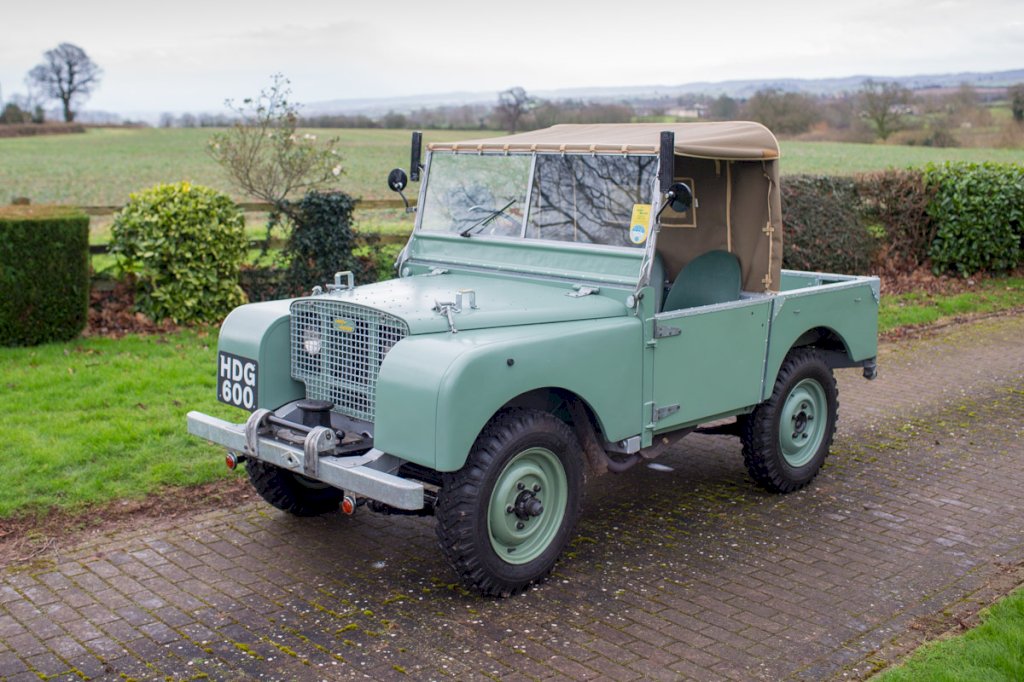
The initial Land Rover model, often referred to as the “Series I,” was designed as a versatile and durable utility vehicle primarily intended for agricultural and industrial use.
1. Origin
The Land Rover was developed by the Rover Company, a British automotive manufacturer, in the years following World War II. It was initially intended to be a stop-gap product while Rover resumed production of their luxury cars.
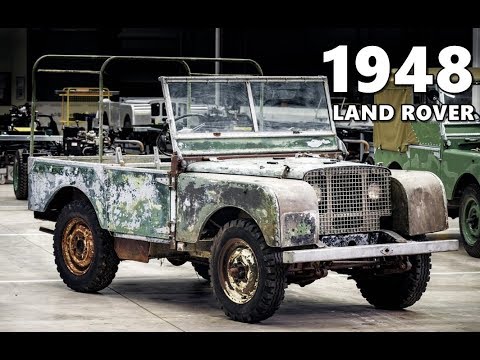
2. Design
The design of the 1948 Land Rover, also known as the Series I Land Rover, was characterized by its utilitarian and functional aesthetics.
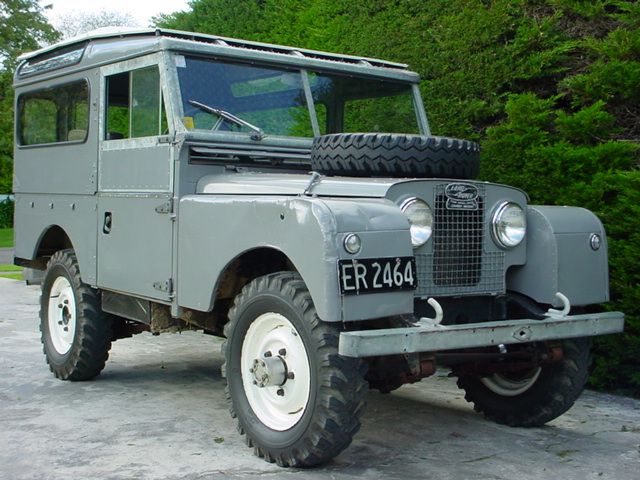
Box-like Shape
The Land Rover Series I featured a boxy and angular shape, which was influenced by military vehicles like the American Jeep. This design allowed for maximum interior space and ease of manufacturing.
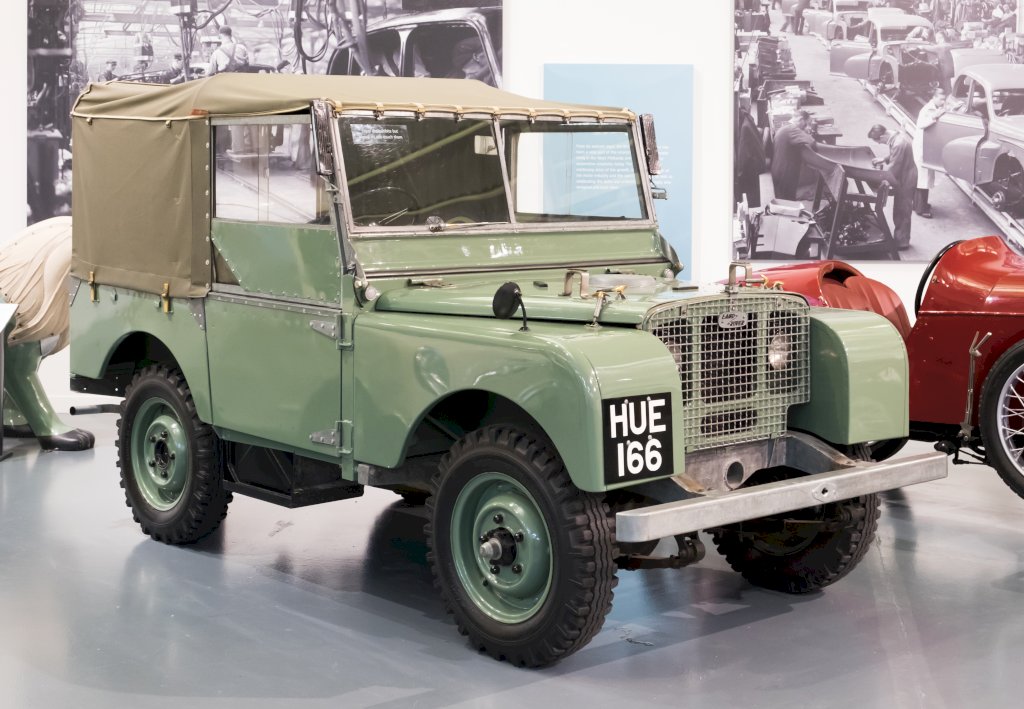
Aluminum Body Panels
The body of the early Land Rovers was constructed using aluminum panels. This choice of material was made to keep the weight of the vehicle low, as steel was in short supply after World War II.
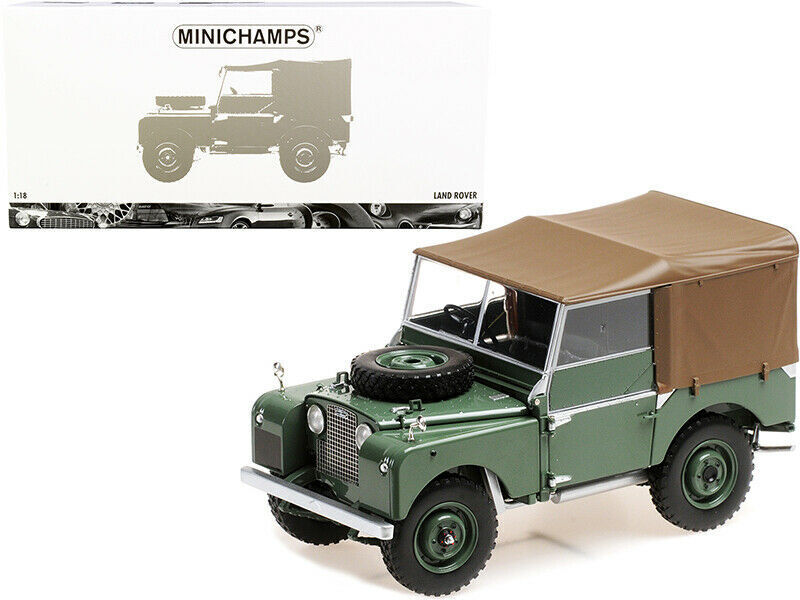
Removable Components
The Land Rover had removable doors and a canvas top, allowing it to be customized according to different needs and weather conditions. This feature added to its versatility and practicality.
![]()
Grille and Headlights
The front grille of the 1948 Land Rover was simple and functional, featuring a horizontal slatted design. The headlights were mounted on the fenders and were exposed, contributing to the vehicle’s rugged appearance.
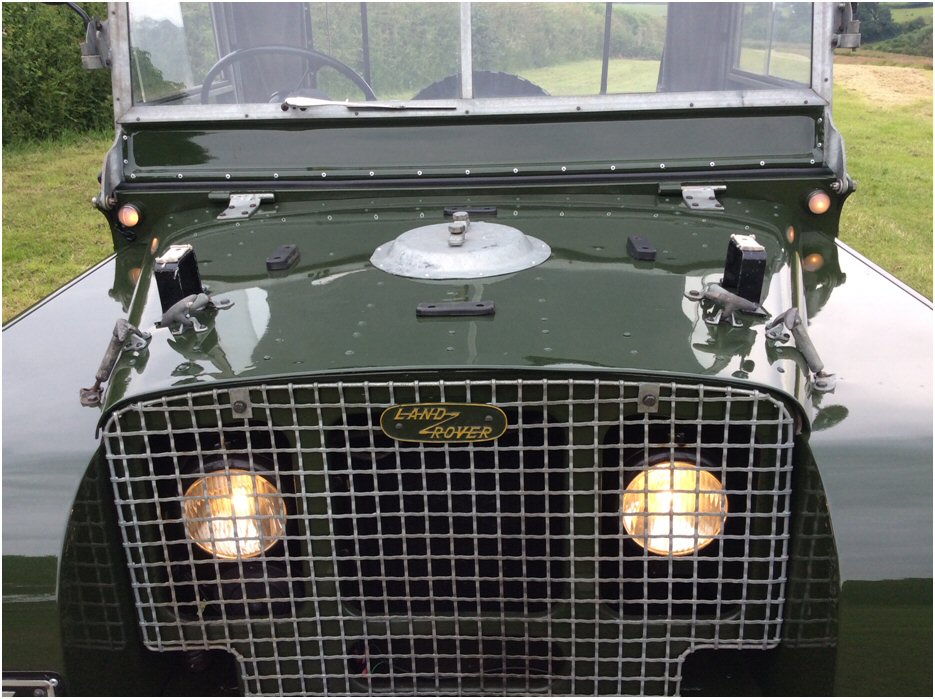
Flat Windshield
The windshield of the Series I Land Rover was flat and made of toughened glass. It was positioned upright and offered good visibility for the driver and passengers.
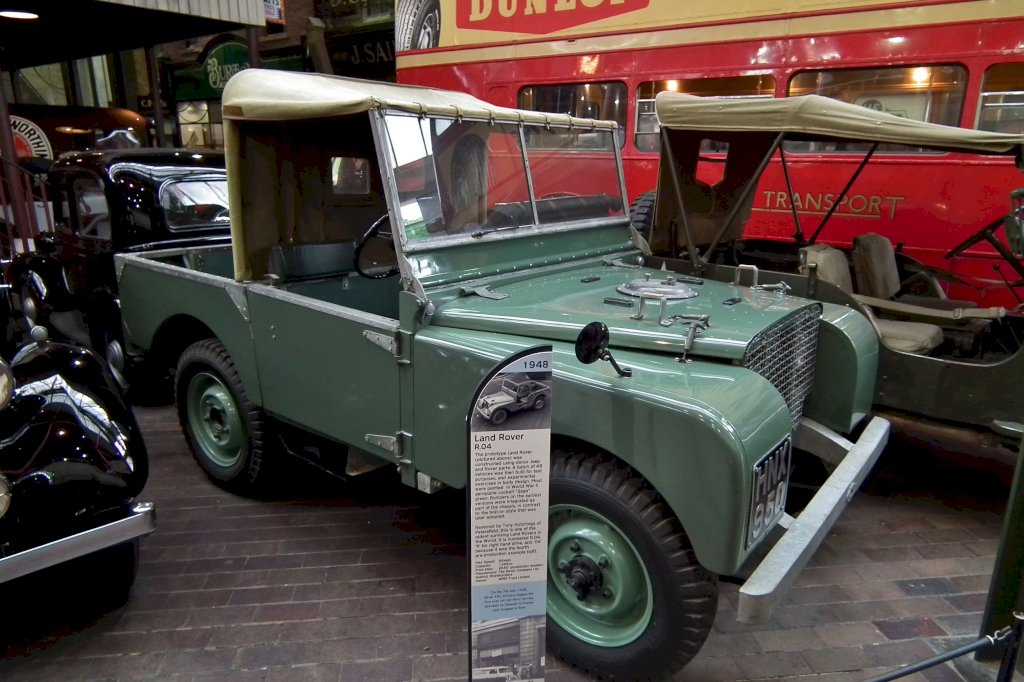
Raised Ride Height
The Land Rover had a relatively high ride height, providing good ground clearance for off-road driving. This feature allowed it to navigate uneven terrain and obstacles with ease.
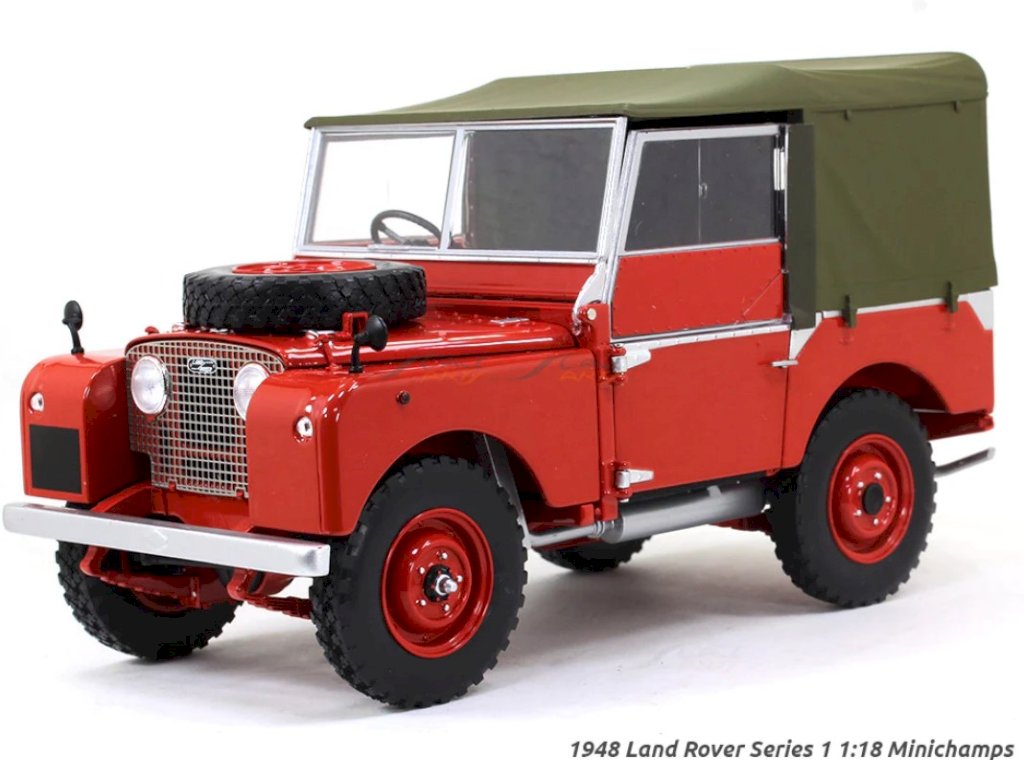
Steel Chassis
Underneath the body, the Land Rover had a robust steel chassis. The chassis provided strength and durability to handle the demands of off-road driving.
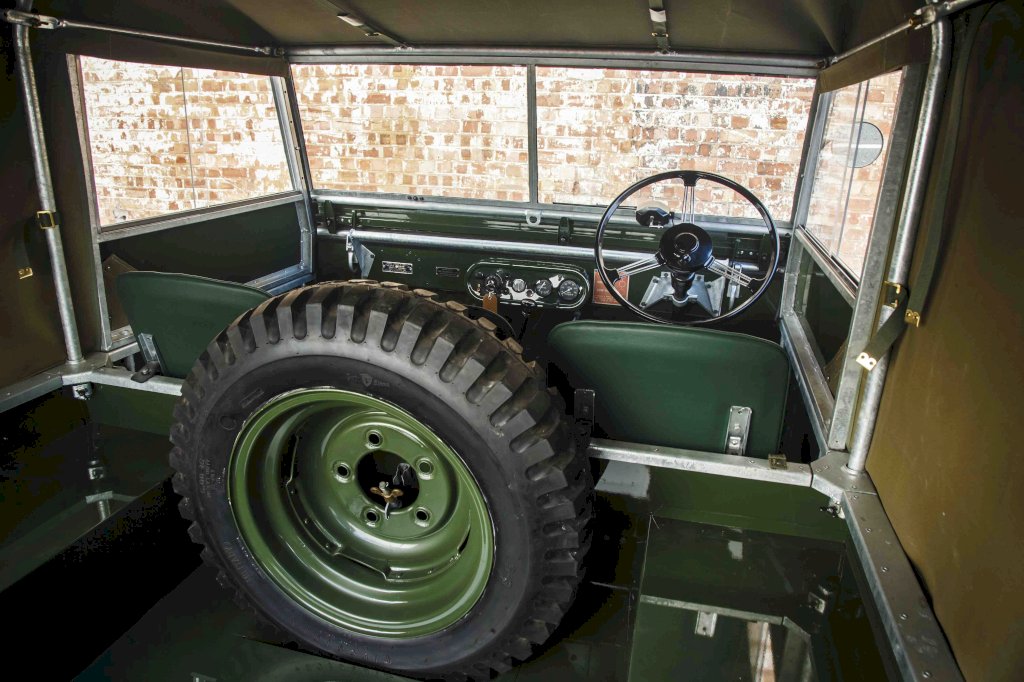
Minimalist Interior
The interior of the 1948 Land Rover was designed with simplicity and practicality in mind. It had a straightforward layout with basic controls and functional seating. The focus was on functionality rather than luxury.
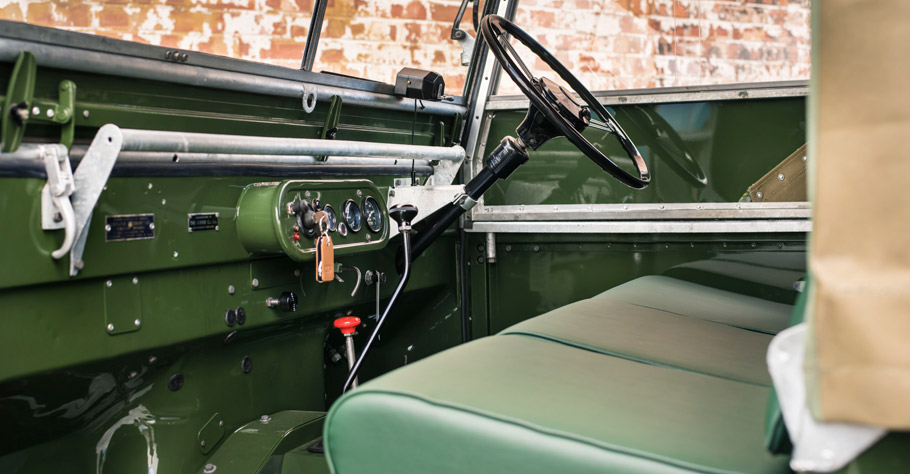
3. Engine and Performance
Engine Type
The 1948 Land Rover featured a four-cylinder, side-valve petrol engine. The engine was derived from a pre-war Rover sedan engine and had a displacement of 1.6 liters (1,595 cc).
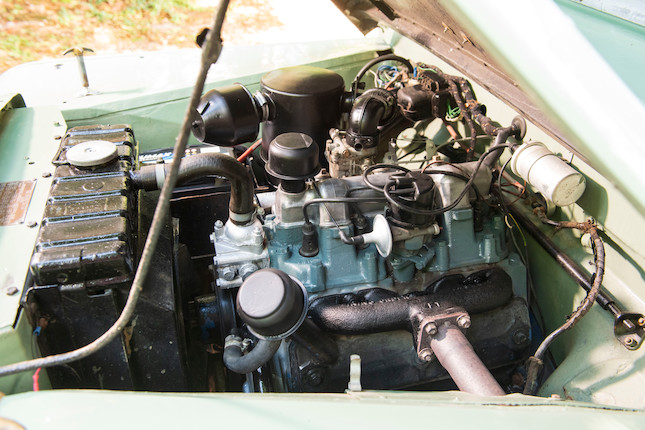
Power Output
The power output of the 1948 Land Rover’s engine was around 50 horsepower. While this may seem modest by today’s standards, it provided sufficient power for the vehicle’s intended purposes, considering the rugged nature of off-road driving and the emphasis on torque for low-speed maneuverability.
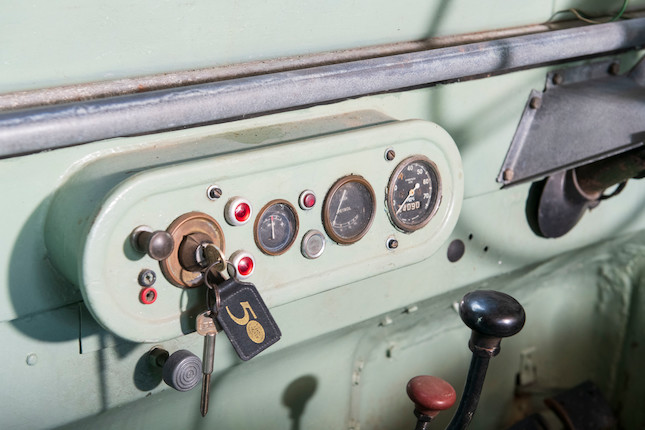
Transmission
The engine was mated to a four-speed manual transmission, which allowed for manual gear shifting. The transmission featured a low-range transfer case, enabling the driver to switch to a lower gear ratio for improved torque and control during off-road driving.
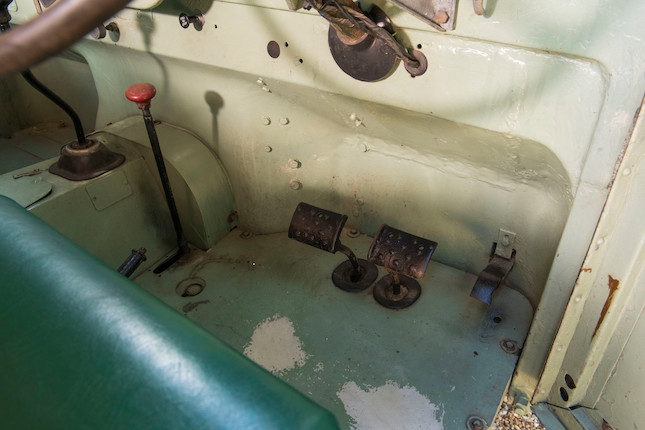
Four-Wheel Drive
The Land Rover Series I had a selectable four-wheel-drive system, meaning the driver could engage or disengage the four-wheel-drive mode as needed. This feature provided better traction and stability on challenging terrains.
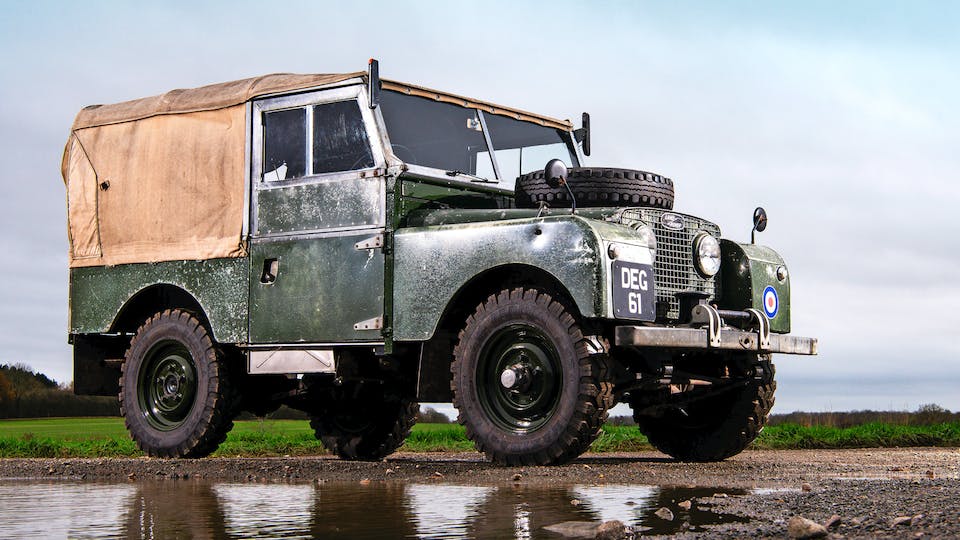
Off-Road Capability
The 1948 Land Rover was designed to excel in off-road conditions. Its robust construction, high ground clearance, and four-wheel-drive system allowed it to navigate through challenging terrains, such as mud, snow, and rocky surfaces.
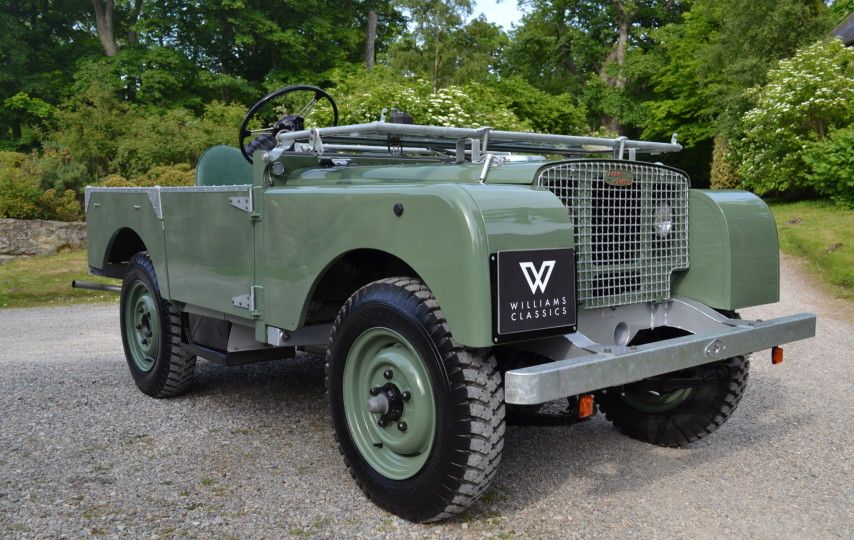
Top Speed and Handling
The top speed of the 1948 Land Rover was relatively modest, typically ranging between 55 to 60 miles per hour (88 to 97 kilometers per hour). However, the Land Rover’s primary focus was on off-road performance rather than high-speed driving. Its sturdy construction and suspension system provided good handling and stability during off-road adventures.
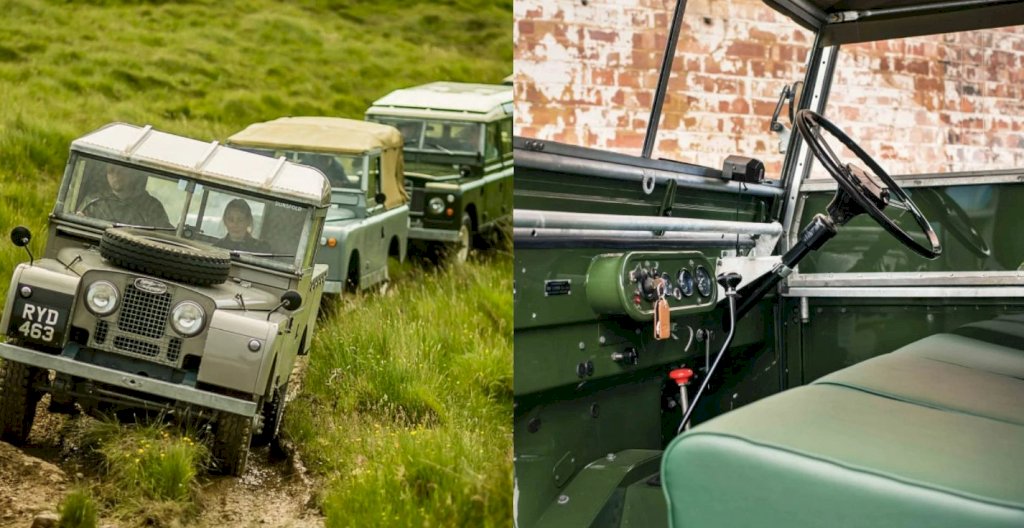
It’s important to note that the performance specifications of the 1948 Land Rover were relatively modest compared to modern vehicles. However, the Land Rover’s strength lay in its durability, versatility, and off-road capability, which made it a popular choice for agricultural, industrial, and adventurous use.
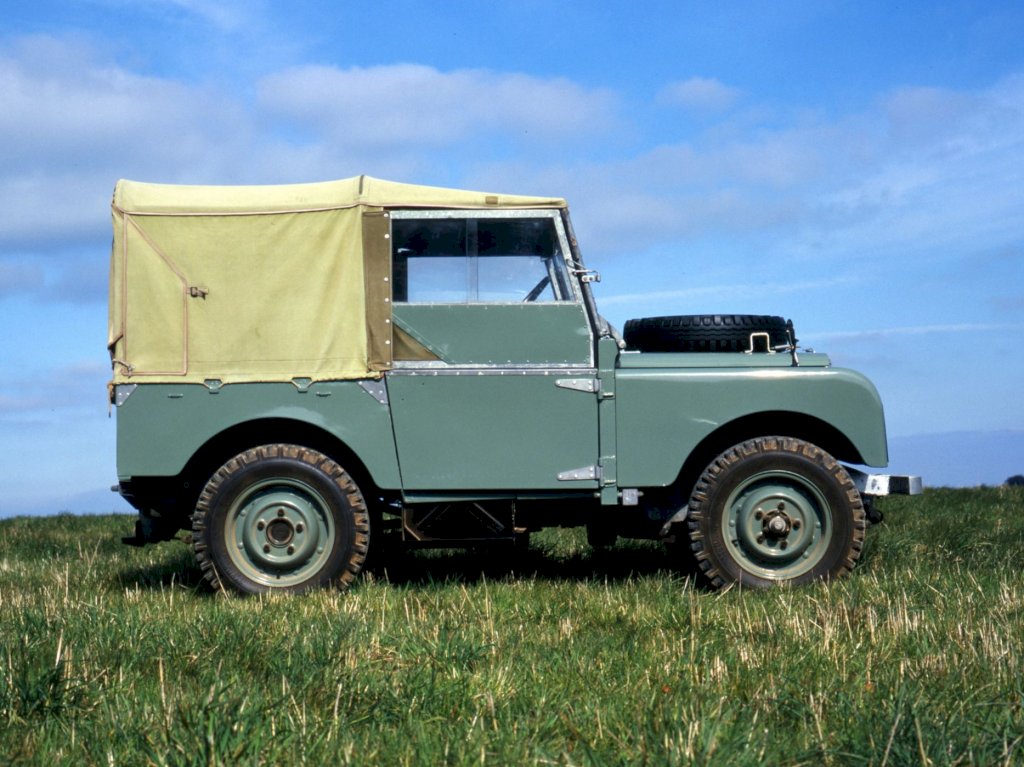
4. Popularity and Success
Versatility and Adaptability
The Series I Land Rover was designed as a versatile and adaptable vehicle that could handle a wide range of tasks. Its utilitarian design, removable components, and off-road capability made it suitable for agricultural work, industrial use, military applications, and exploration. This versatility appealed to a diverse range of customers.
![]()
Post-War Necessity
The 1948 Land Rover was introduced in the post-World War II era when there was a need for practical, rugged vehicles for reconstruction and development purposes. The Land Rover filled this gap by providing a capable, go-anywhere vehicle that could be utilized in various industries and sectors.
![]()
Off-Road Performance
The Land Rover Series I gained a reputation for exceptional off-road performance. Its four-wheel-drive system, robust construction, high ground clearance, and low-range transfer case allowed it to tackle challenging terrains with ease. This capability made it popular among farmers, explorers, and those seeking adventure in remote areas.
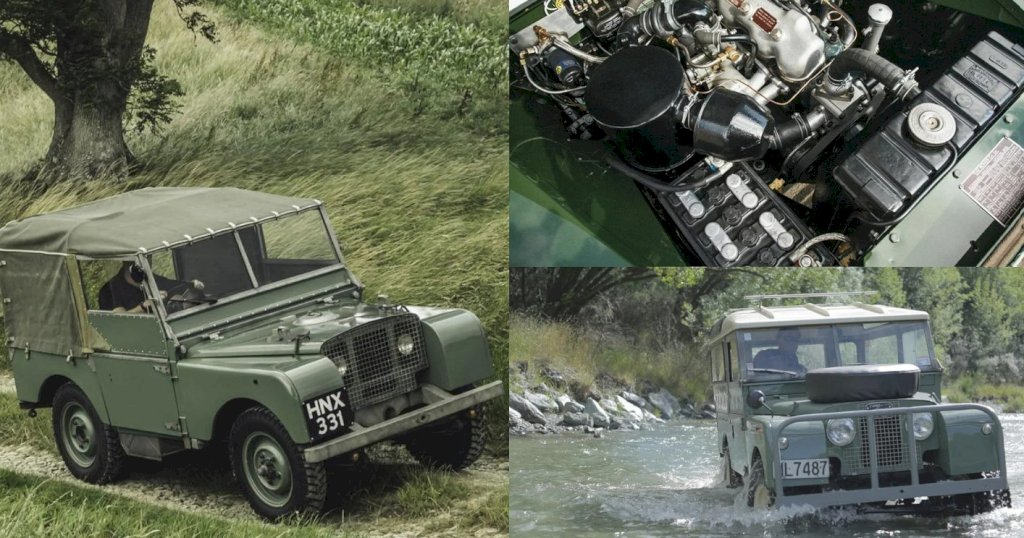
Durability and Reliability
The Series I Land Rover was known for its durability and reliability. It was built with a sturdy steel chassis, aluminum body panels, and simple mechanical components, which made it resilient and easy to maintain. This reputation for reliability contributed to its long-lasting popularity.
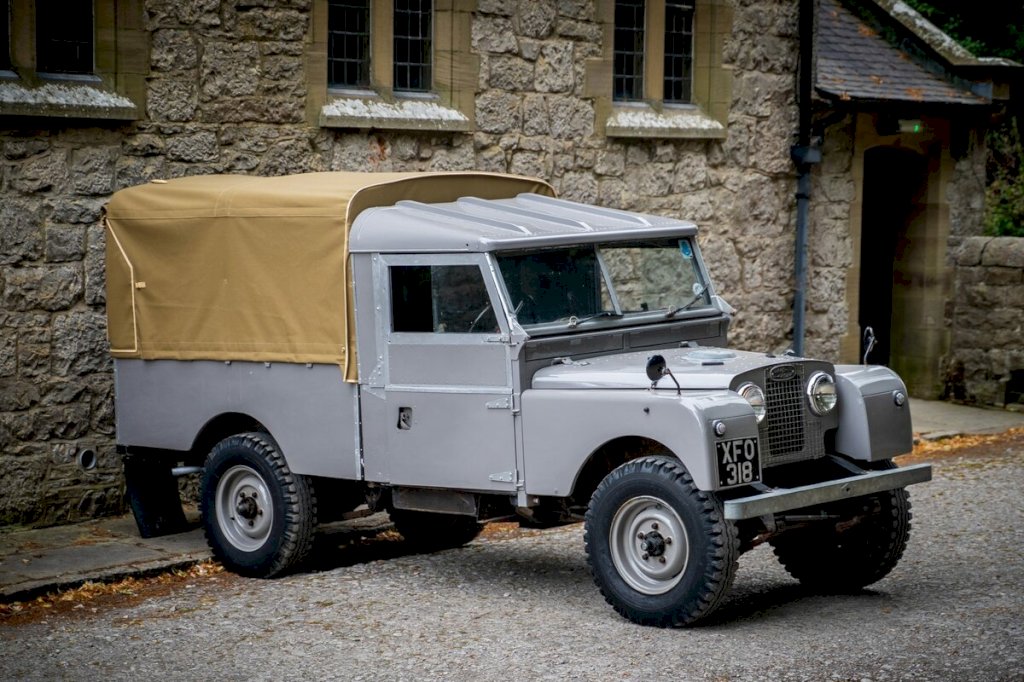
Global Recognition
The Land Rover Series I gained recognition and acclaim not just in the United Kingdom but also internationally. It was exported to various countries, including former British colonies, where it proved itself in diverse environments and conditions. Its success in international markets helped establish the Land Rover brand as a symbol of ruggedness and dependability.
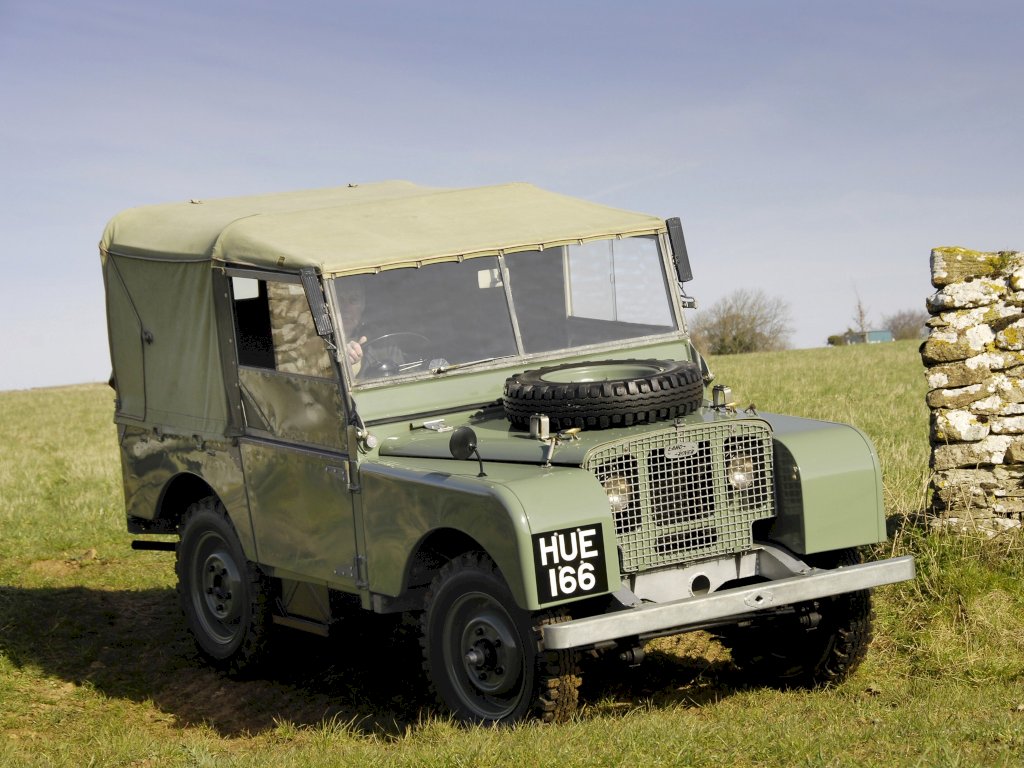
Continued Evolution
The Series I Land Rover underwent several updates and improvements over its production run, responding to customer feedback and evolving market demands. These updates, including engine upgrades, interior enhancements, and refinements in design and functionality, contributed to its continued success and longevity.
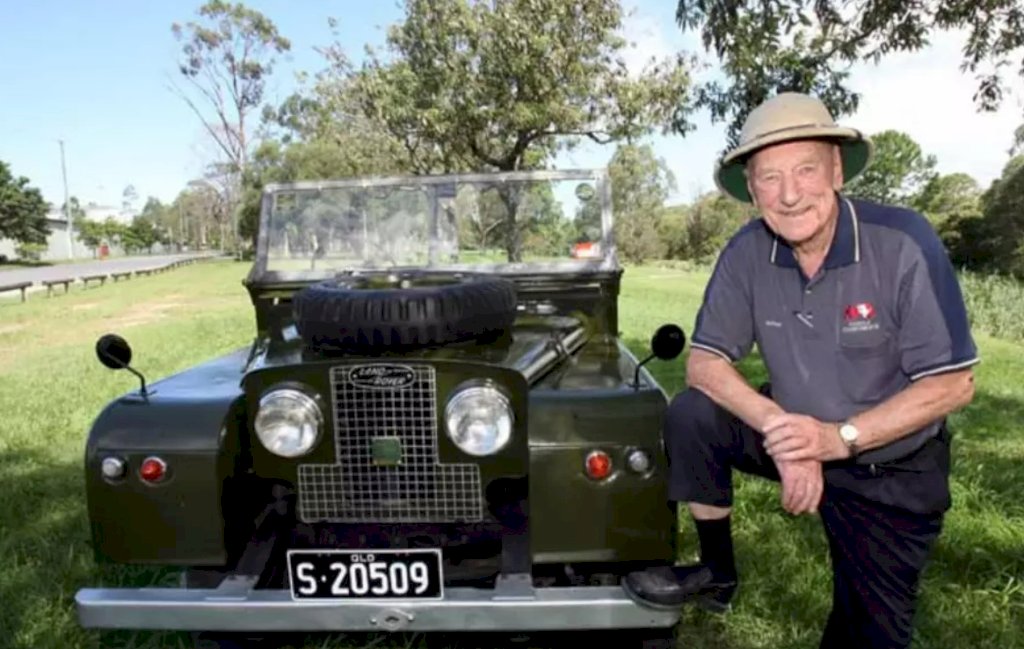
Enduring Legacy
The 1948 Land Rover Series I laid the foundation for the Land Rover brand, which has since become an iconic name in the automotive industry. The Land Rover’s enduring legacy can be seen in the subsequent generations of Land Rover vehicles, which have retained the brand’s core values of capability, luxury, and adventure.
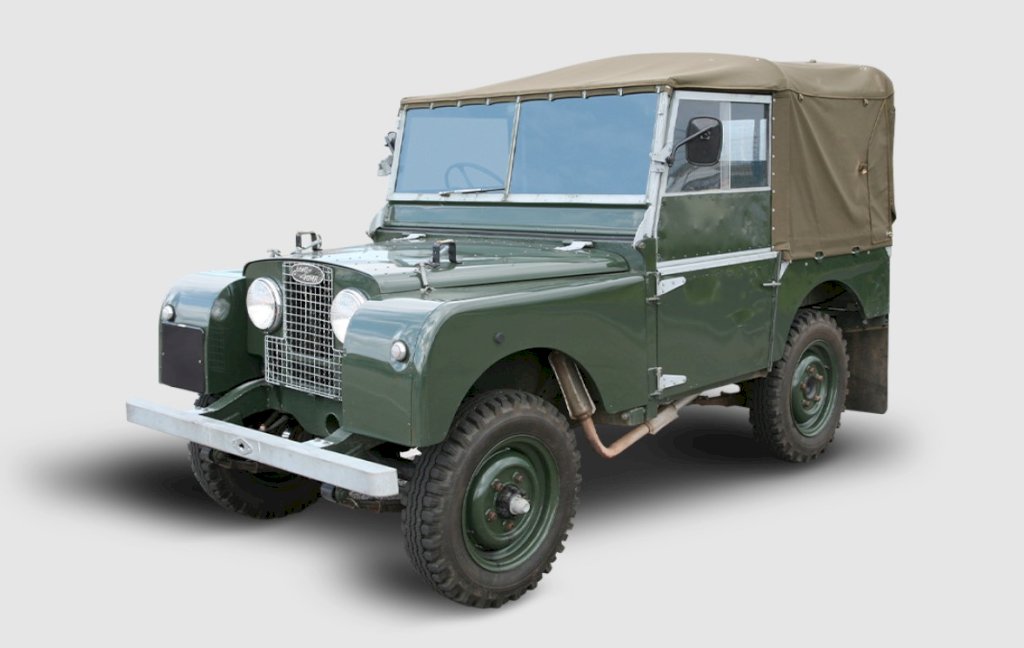
The 1948 Land Rover Series I laid the foundation for the Land Rover brand, which has since become synonymous with ruggedness, off-road capability, and adventure. Over the years, Land Rover has introduced several new models and expanded its range to include luxury SUVs, but the spirit of the original 1948 Land Rover can still be seen in their vehicles today.





